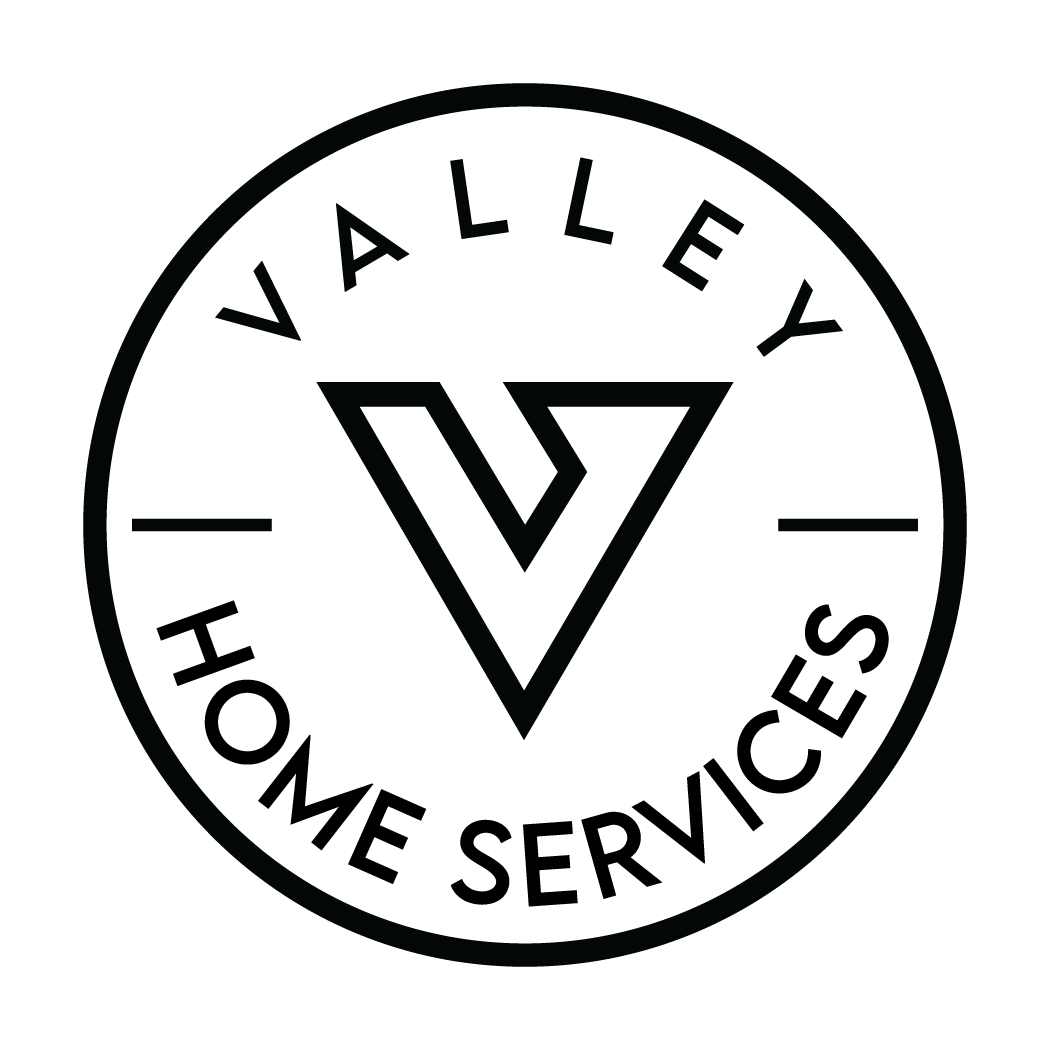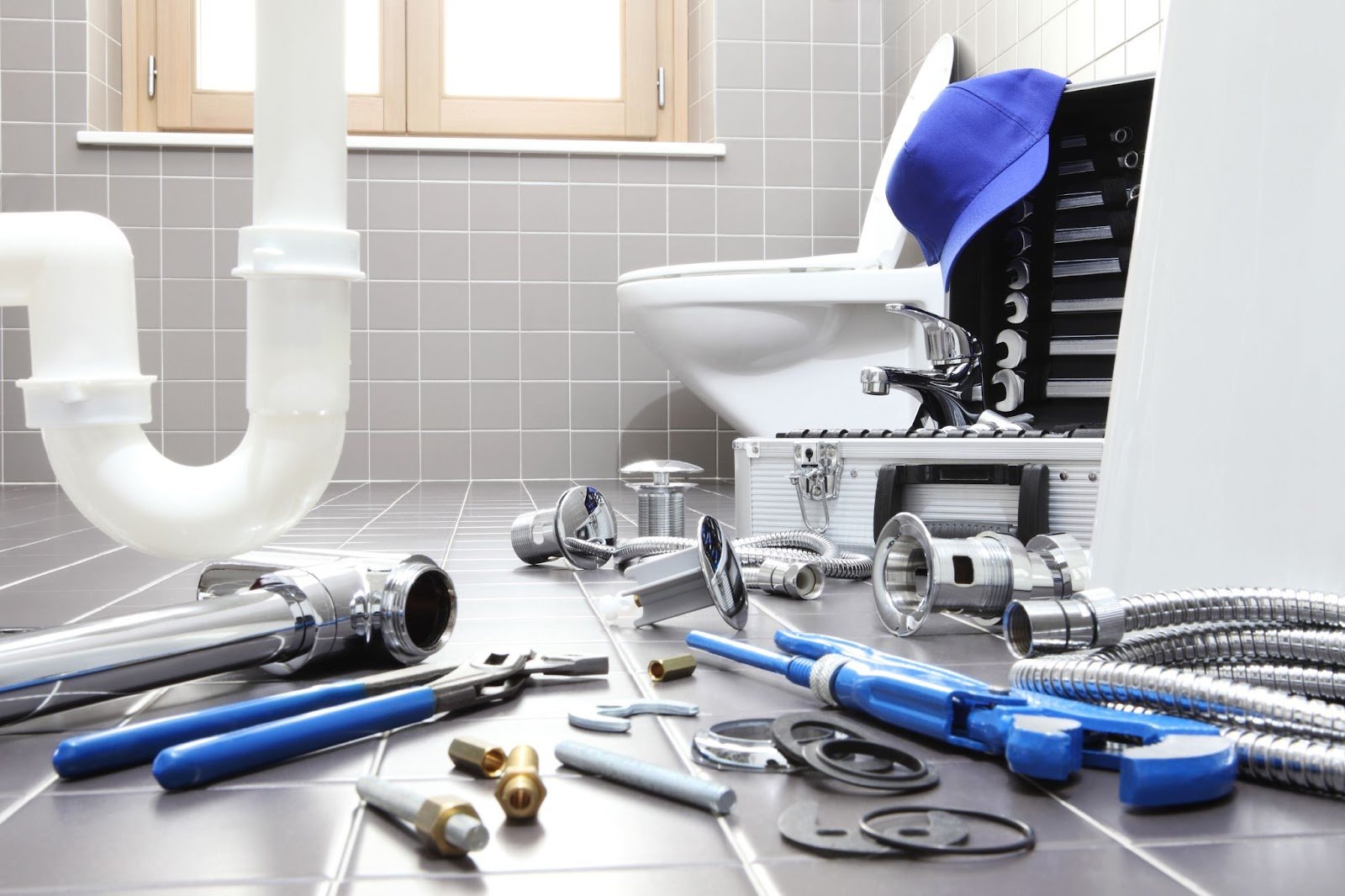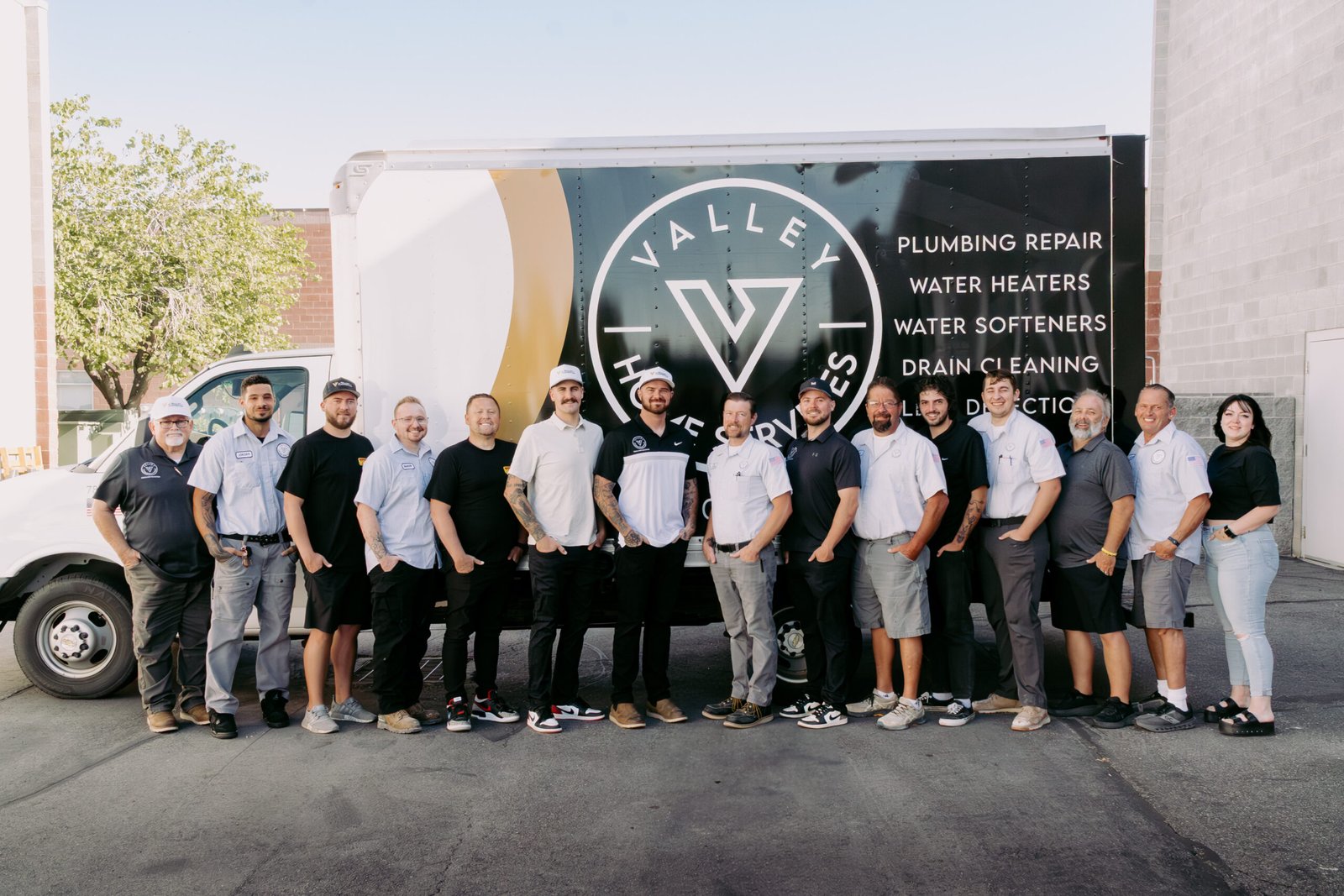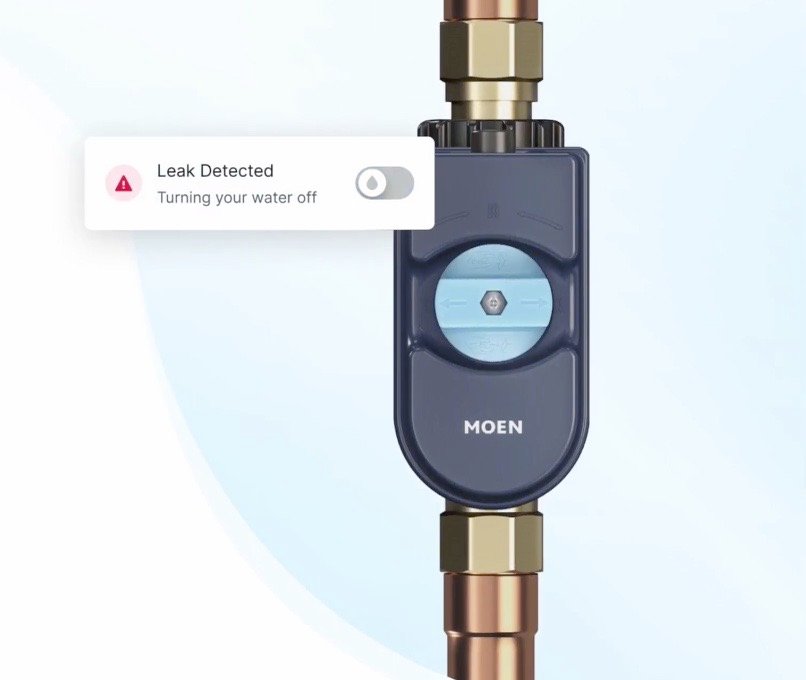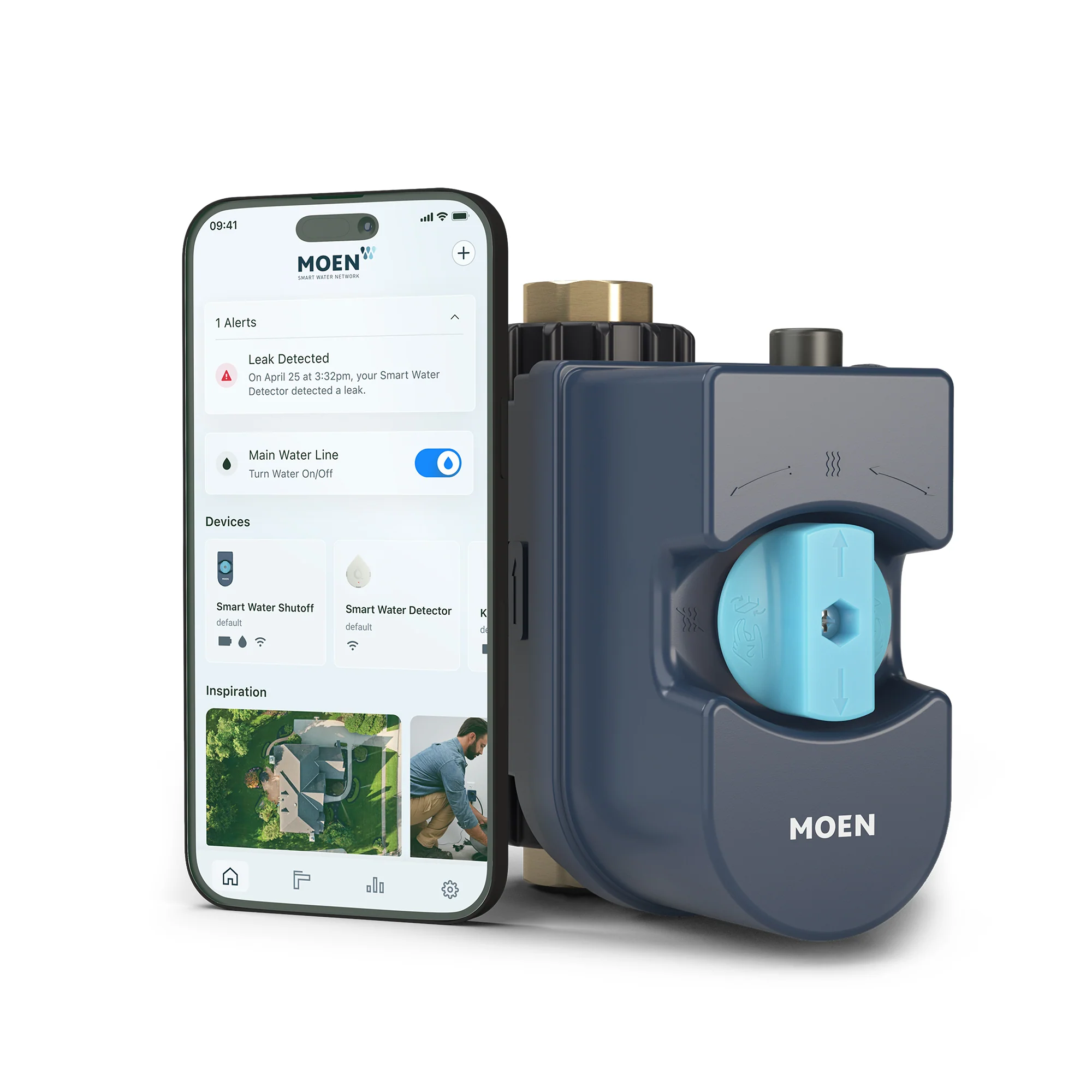Plumbing problems are an inevitable part of homeownership, ranging from minor annoyances to major disruptions. Understanding the common plumbing issues you might face and how to budget for them will save you both time and money.
This guide will walk you through some of the most frequent plumbing repairs, what to expect when they occur, and practical tips for managing the associated plumbing costs.
From leaky faucets and clogged drains to more serious problems like burst pipes and sewer line issues, being informed and prepared will help you maintain a smoothly running home. Let’s dive into the most common plumbing repairs and learn how to budget effectively to keep your plumbing system in top shape and plumbing costs under control.
1. Leaky faucets
A dripping faucet wastes a significant amount of water over time, leading to higher water bills and unnecessary environmental impact.
The causes of leaky faucets vary, but they often stem from worn-out or damaged components within the faucet. These components might include washers, O-rings, or seals that have deteriorated from regular use. Additionally, mineral buildup from hard water corrodes and damages these parts, further contributing to leaks.
Ignoring a leaky faucet will likely lead to more severe issues, such as water damage to surrounding areas, mold growth, and potential structural damage.
2. Clogged drains
Clogged drains are another frequent plumbing issue that homeowners encounter. This problem arises in various areas of the home, such as sinks, showers, and bathtubs. The primary causes of clogged drains include the buildup of hair, soap scum, food particles, grease, and other debris.
Over time, these materials accumulate and obstruct water flow, leading to slow drainage or complete blockages. Grease and food scraps are common culprits in kitchens, while hair and soap residue tend to be the main contributors in bathrooms.
Ignoring clogged drains will result in unpleasant odors, water backups, and even damage to your plumbing system. Water that doesn’t drain properly might also create an environment conducive to mold and mildew growth, posing health risks. To prevent these issues, it’s important to address clogs as soon as they occur and adopt preventive measures.
3. Running toilets
Running toilets are a common plumbing issue that leads to significant water waste and increased utility bills. This problem typically occurs when the toilet’s internal components malfunction or wear out.
A running toilet usually means that water continuously flows from the tank into the bowl, even when the toilet is not in use. This constant flow of water wastes resources and usually signals underlying issues you need to address.
Ignoring a running toilet will likely result in substantial water waste, significantly increasing your water bill over time. It also puts unnecessary strain on your plumbing system.
Addressing the issue promptly is essential to avoiding these problems. When budgeting for running toilet repairs, consider immediate repair costs and the long-term savings from reduced water waste.
Simple repairs, such as replacing a flapper or adjusting the fill valve, are often affordable. DIY kits for toilet repairs are readily available and provide a cost-effective solution.
However, if the problem persists or if you’re unsure about performing the repair yourself, hiring a professional plumber might be necessary. Professional repairs ensure the issue is correctly diagnosed and fixed, preventing further complications.
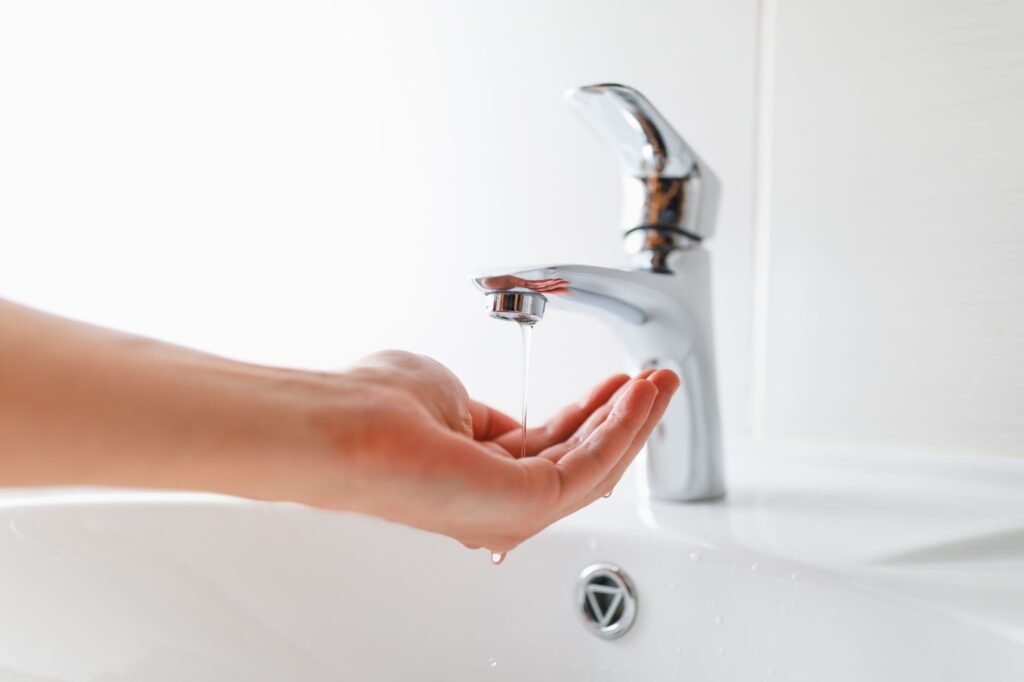
4. Low water pressure
Low water pressure is a frustrating issue that affects daily activities such as showering, washing dishes, and doing laundry. This problem might occur throughout the entire house or be isolated to specific fixtures.
Several potential causes of low water pressure include mineral buildup in pipes, leaks, or problems with the municipal water supply. In older homes, corroded pipes can also restrict water flow, contributing to this issue.
5. Water heater issues
Water heater issues will disrupt your daily routine, especially when you’re left without hot water for showers, cleaning, or cooking.
Common problems with water heaters include no hot water, inadequate hot water, strange noises, and leaks. These issues stem from various causes, such as sediment buildup in the tank, a malfunctioning thermostat, or a failing heating element.
One frequent problem is sediment buildup at the bottom of the tank, which reduces the water heater’s efficiency and causes it to overheat. Regularly flushing the tank helps prevent this buildup and extends the water heater’s lifespan.
Another common issue is a faulty thermostat, which will result in inconsistent water temperatures or no hot water at all. Replacing a malfunctioning thermostat is often necessary to restore proper function.
6. Burst pipes
Burst pipes are a plumbing emergency that causes extensive water damage and requires immediate attention. This issue typically occurs in cold weather when water inside the pipes freezes and expands, causing the pipes to crack or burst. Other causes of burst pipes include corrosion, high water pressure, and physical damage to the pipes.
The consequences of a burst pipe can be severe, including flooding, structural damage, and mold growth. It’s essential to act quickly to minimize the damage.
The first step is to shut off the main water supply to prevent further water flow. Then, contact a professional plumber to assess and repair the damage. The plumber will locate the burst pipe, replace the damaged section, and ensure the integrity of the entire plumbing system.
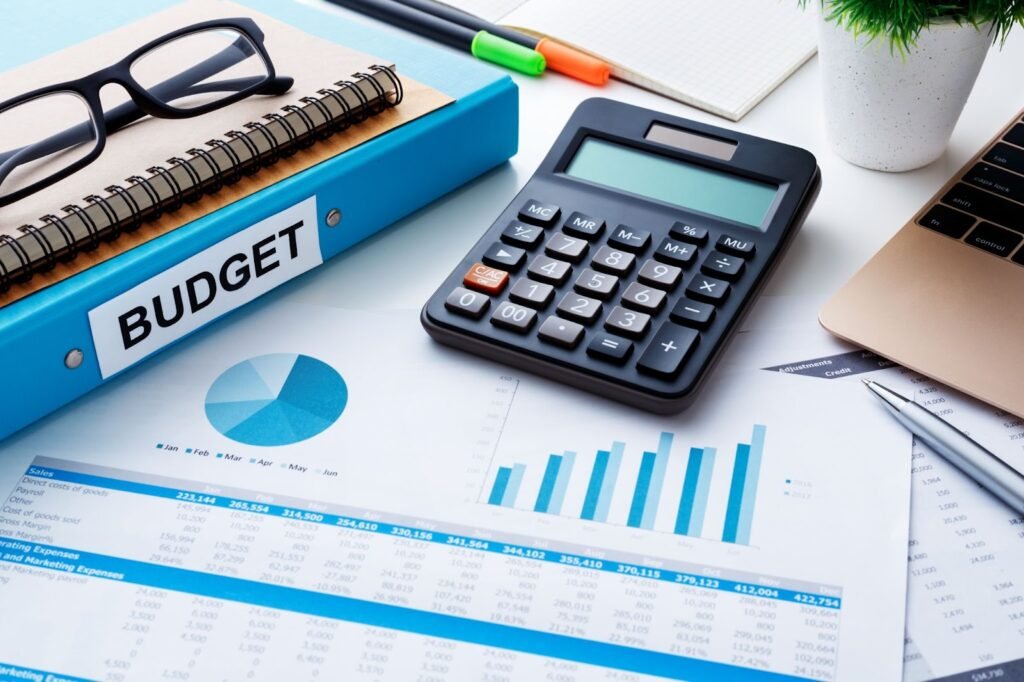
Budgeting for plumbing repairs
Maintaining a well-functioning plumbing system is essential for any home, but unexpected repairs are often costly and disruptive. Budgeting for plumbing costs/repairs ensures you’re financially prepared to address issues promptly, preventing minor problems from escalating into major ones.
Here are some tips on how to budget effectively for common plumbing repairs:
1. Establish a home maintenance fund
Set aside a specific amount of money each month for home maintenance and repairs. This fund should be used exclusively for addressing issues like leaky faucets, clogged drains, running toilets, low water pressure, water heater problems, burst pipes, sump pump failures, and sewer line issues.
A good rule of thumb is to save 1% to 3% of your home’s value annually for maintenance and repairs.
2. Prioritize preventive maintenance
Regular maintenance prevents many plumbing issues and extends the lifespan of your plumbing system. Schedule routine inspections and maintenance tasks, such as flushing your water heater, cleaning drain traps, inspecting sump pumps, and checking for leaks. Preventive maintenance helps identify potential problems early, reducing the risk of costly emergency repairs.
3. Educate yourself on DIY solutions
You can resolve some minor plumbing issues with basic DIY skills and tools. Learn how to handle simple repairs like fixing a leaky faucet, unclogging a drain, or replacing a toilet flapper. Investing in a few essential tools and gaining some basic plumbing knowledge will save you money on minor repairs.
4. Get professional help when needed
While DIY solutions are great for minor issues, some repairs require professional expertise. Don’t hesitate to call a licensed plumber for complex problems like burst pipes, sewer line issues, or significant water heater repairs. Hiring a professional ensures the job is done correctly and prevents further damage.
5. Keep track of repair costs
Maintain a record of all plumbing repairs and associated costs. This information helps you track your expenses, identify recurring issues, and plan for future repairs. Knowing the typical costs of common repairs allows you to budget more accurately.
6. Consider a home warranty
A home warranty covers major plumbing repairs and replacements, reducing out-of-pocket expenses. Review the terms and coverage of different home warranty plans to find one that suits your needs. A home warranty can be especially beneficial for older homes with aging plumbing systems.
7. Plan for emergencies
Despite your best efforts, plumbing emergencies can still happen. Set aside a portion of your home maintenance fund specifically for unexpected repairs. Having an emergency fund ensures you’re prepared to handle urgent issues like burst pipes or sump pump failures without financial strain.
By following these budgeting tips, you’ll manage the costs of plumbing repairs and maintain a well-functioning plumbing system in your home. Being proactive and prepared helps you address issues promptly, minimizing damage and ensuring the longevity of your plumbing system.
Contact Valley Home Services for all your plumbing needs
Don’t let plumbing problems disrupt your home and your life. At Valley Home Services, we understand the importance of a reliable plumbing system and are here to help with all your plumbing repair needs.
From fixing leaky faucets and unclogging drains to tackling major issues like burst pipes and sewer line repairs, our experienced team is ready to provide prompt and professional service.
Contact Valley Home Services today for a free consultation, and let us keep your home’s plumbing system running smoothly.
